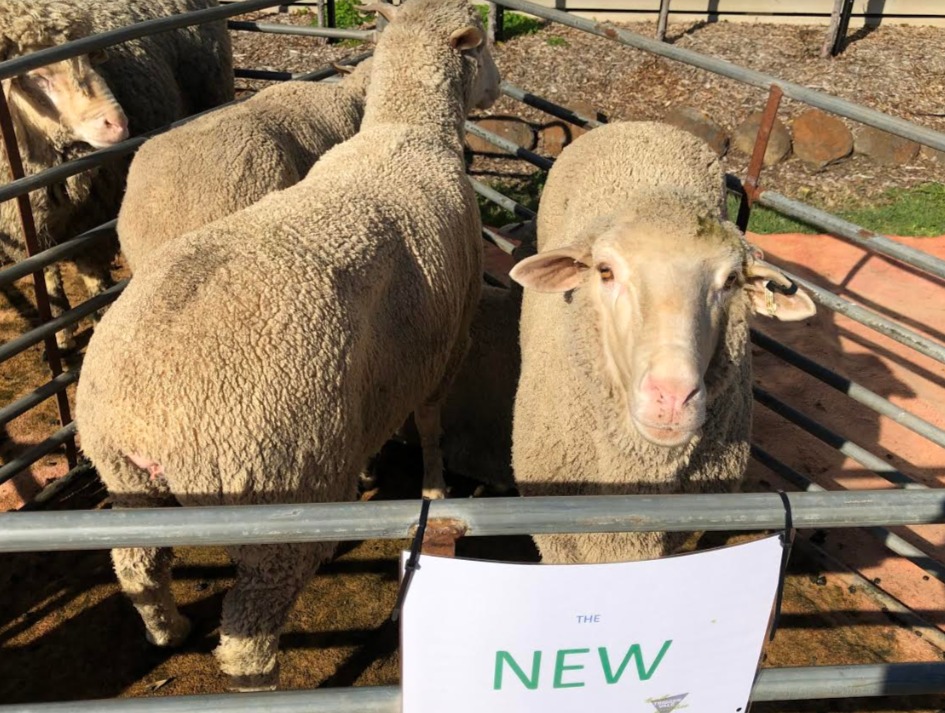There are numerous Merino breeds that are available Each with its distinctive characteristic. Here are the most well-known Merino breeds of sheep and the ways they differ Spanish Merino: The Spanish Merino is one of the oldest Merino species, is renowned for its fine wool production and its high yield. This breed is versatile and is able to adapt to various conditions. It also has high immunity to diseases.
American Merino- American Merino, also known as the American Merino, was developed in America in the 19th century. It is renowned for its fine wool quality and hardiness. The breed can withstand many common sheep diseases and is well-suited to cold climates.
Saxon Merino - The Saxon Merino Merino breed is a very fine-boned Merino sheep, which is renowned for its soft and silky wool. This Merino breed is smaller than the other and is able to withstand extreme dry and hot environments.
Peppin Merino -- The Peppin Merino breed is an Australian variety that was established in the 19th Century. This breed is well-suited for the hot, dry climate of Australia due to its high-quality wool.
Rambouillet The Rambouillet Merino sheep breed was developed in France in the 18th century. This breed is known as being able to adapt and durable in various conditions. Rambouillet wool is generally coarser than other Merino species, but it's still very prized for its superior quality.
Polwarth - The Polwarth Merino breed was created in Australia in the latter half of the 19th century. This breed is known for its soft and warm, shiny wool. It is particularly suited to the cooler, more humid conditions of the southern part of Australia.
Merino's distinctive characteristics and attributes depend on the breed they're from and their environment. Breeders are looking for traits such as fine wool, hardiness and adaptability in Merino sheep to create new breeds that can be utilized in different environments.

How Do Lightweight, Midweight And Heavyweight Merino Base Layers Differ?
The fabric's warmth and thickness is what differentiates between lightweight, midweight, or heavyweight Merino Wool base layers. Here's how the base layers differ. Lightweight Merino wool base layers is typically made of the thin, flexible fabric that is ideal for warm to cool weather. This type is great for sports that require a lot of intensity. It is also possible to use them as a cover for other layers in cooler environments.
Midweight Merino base layers are constructed of a heavier fabric than lighter-weight base layers. They offer more warmth and insulation. This base layer is perfect for temperatures ranging from cold to cool and can be used for activities that don't require sweating heavily.
Heavyweight Merino Wool base layers are constructed with the warmest and most luxurious fabrics , and are perfect for colder temperatures. This type of base layer is ideal for low-intensity activities where you are not likely to sweat like snowshoeing or skiing.
The conditions of the weather and the level of activity can affect the selection of the Merino base layer of wool. A lightweight base layer is ideal for activities that require a lot of energy during cool or mild weather, while a midweight base layer is suitable for cool-to-cold conditions and moderate to low-intensity activities. For extremely cold weather and low-intensity activities an extremely heavy-duty base layer is the best option. Keep in mind that, depending on the circumstances, you can layer down and up, so it is best to pick the lighter layer rather than the heavier one. Be sure to ensure that the base layer is properly fitted and allows for full movement. Go merino wool base layers site for website recommendations as well as icebreaker merino wool 260, under armour thermal leggings mens, white thermal shirt mens, red head thermal shirt, buy thermals near me, mens wool thermal underwear, first lite merino base layer, mens black long underwear, smartwool womens long sleeve, olive green merino base layer, with more Free Advice For Selecting Between Yak And Merino Wool 8b8b60f .

Why Is Merino Wool Mixed With Himalayan Yak Wool A Great Base Layer To Ski?
Merino wool mixed with Himalayan-yak wool creates an ideal base layer for skiers. Merino wool is known for its superior temperature regulation, moisture-wicking properties and softness. Himalayan Yak Wool is famous for its durability and warmth. The two fibers create a base layer which is extremely warm, humid management, and air-tight. It is ideal for skiing. Merino wool regulates the body's temperature, and also wicks away moisture from the skin to keep you dry and comfortable. Yak wool is an insulation layer, which provides warmth during cold temperatures. Merino wool and Yak wool blends are tough and more durable than the other bases. They can also be utilized to perform intense sports like skiing. Overall, blending Merino wool and Himalayan Yak wool makes a base layer that offers the perfect balance between warmth, moisture management, breathability and durability, which makes it a great choice for skiing and other activities that require cold weather. Go explore koraoutdoor.com for ski thermal wear for site advice as well as mens thick thermal leggings, best heavyweight merino wool base layer, heavy duty long underwear, mens warm thermal leggings, men's merino 250 base layer one piece, seamless long underwear, men's camo thermal shirt, smart wool long underwear, ski first layer, green thermal shirt, with more [url=https://takut7.com/index.php?topic=21755.new#new]Great Info For Picking Between Yak And Merino Wool.

Merino And Himalayan Himalayan Yak Wool Is Superior To Cotton, Polyester, Nylon, Fleece, And Other Alternatives To Skiwear.
Merino, Himalayan, yak, and nylon ski clothing are superior to those made from cotton, polyester and nylon. Warmth- Merino, Himalayan, and Himalayan Wool are extremely efficient insulators that keep your body warm even in freezing temperatures. Merino and Himalayan wool are lighter than polyester, nylon, and nylon that don't offer much insulation.
Moisture management- Merino wool as well as Himalayan Yak wool are extremely effective at managing moisture, which means they keep you comfortable and dry during your ski trip. Both fabrics are naturally moisture-wicking. They draw water from the skin and move it to the outer layers and then evaporate. This is different from cotton, which absorbs water and becomes heavy and uncomfortable after drying.
Breathability: Merino wool as well as Himalayan Yak wool are very breathable. They allow air to circulate throughout the fabric which helps regulate the body's temperature and avoids overheating. This is crucial for ski clothing as it allows you to remain comfortable during your ski. However, fleece, nylon and polyester are not as air-tight and retain heat and moisture, which can make you feel uncomfortable and sweaty.
Comfortand Comfort Merino wool and Himalayan Yak wool are naturally gentle and comfortable, which makes them ideal for wearing close to your skin. They are also highly flexible and stretchy. This means they are able to move along with your body and allow for an entire range of motion. Polyester as well as nylon and fleece, on the other hand are rigid and uncomfortable. They can restrict the range of motion and cause discomfort.
SustainabilitySustainable Merino Wool as well as Himalayan Yak Wool are natural and sustainable fibers that are biodegradable and recyclable. They are more sustainable than synthetic materials like nylon and polyester that are constructed from non-renewable resources and require a longer time to decay.
In general, Merino wool and Himalayan yak wool offer a range of benefits that are superior to polyester, cotton as well as nylon and fleece for ski clothes. They are durable, comfortable, warm, and moisture-wicking. This makes them an excellent choice for skiers who want to feel comfortable and secure when they ski.
